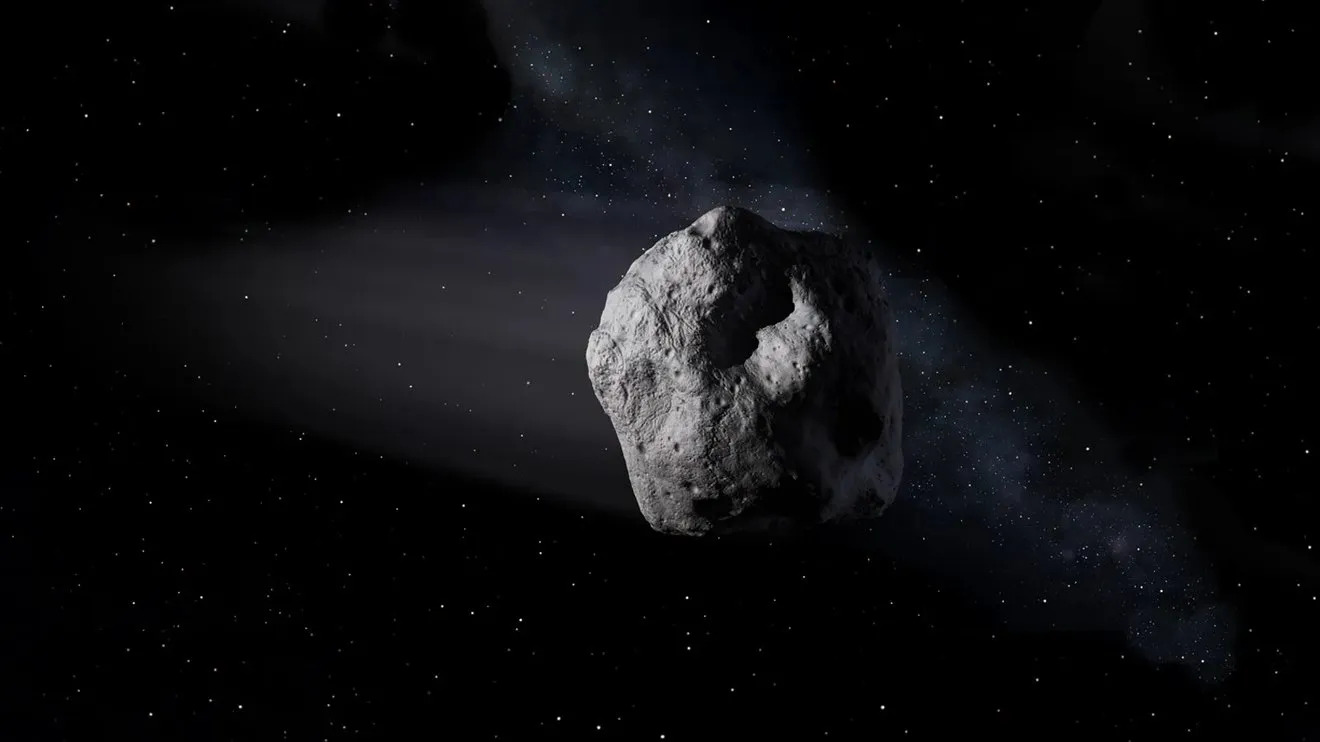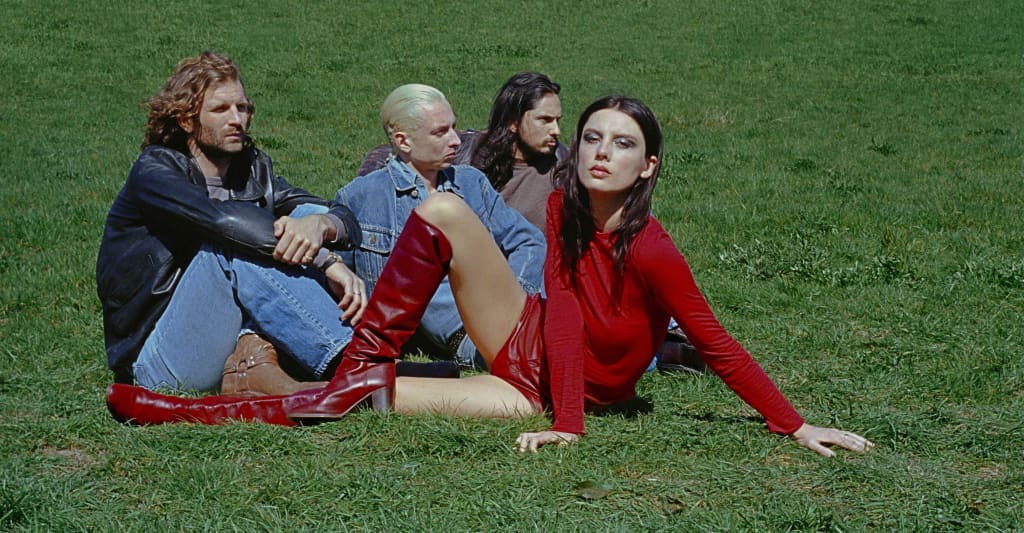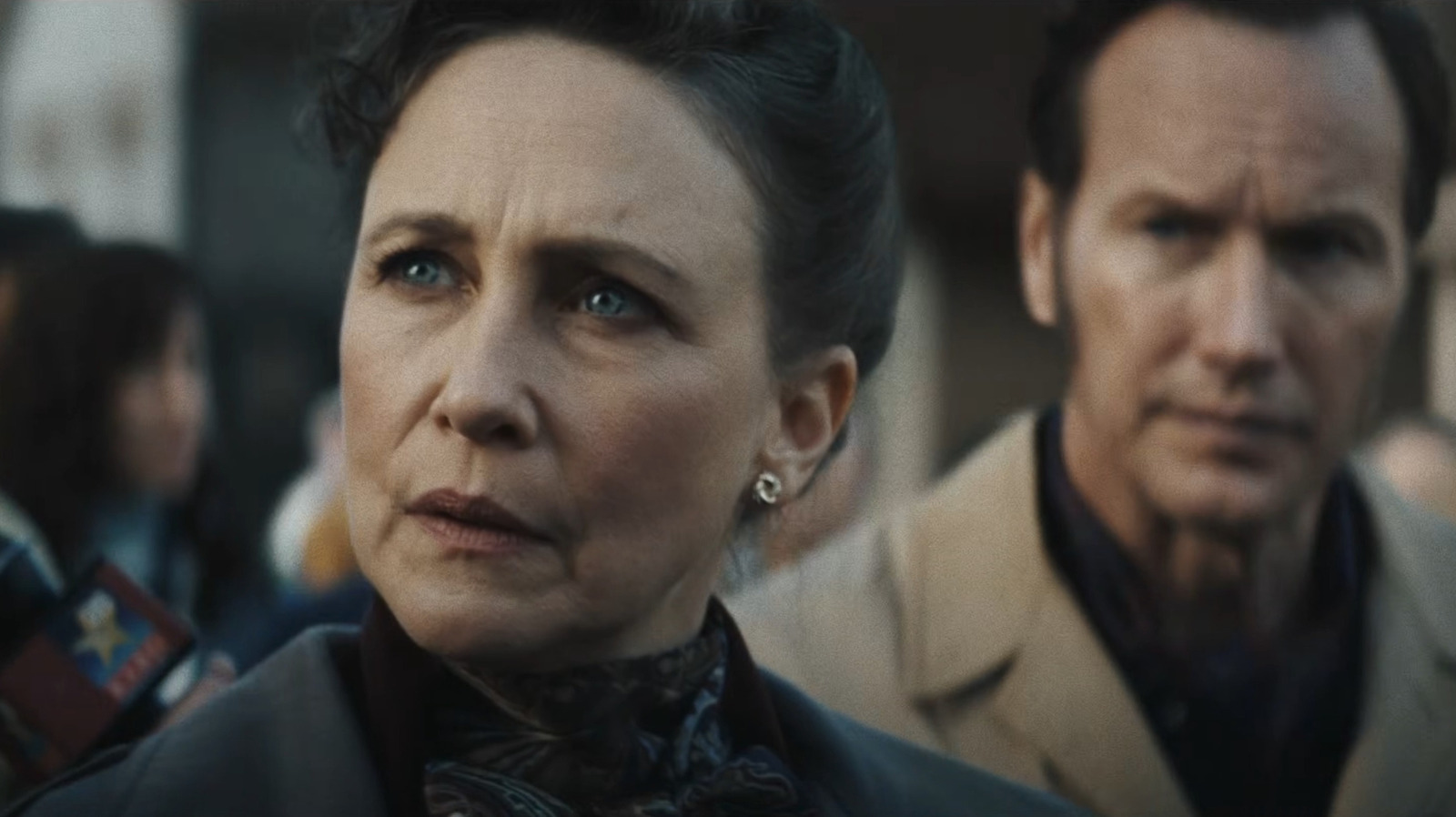Hopeless Horror: The Genre’s Most Nihilistic Films
Nihilism has always had a place in horror. As Stephen King himself once said, “Monsters are real, and ghosts are real too. They live inside us, and sometimes, they win.” For every triumphant final girl waving the chainsaw of her attacker in the bright morning light, another beloved protagonist falls to the monsters that lurk […] The post Hopeless Horror: The Genre’s Most Nihilistic Films appeared first on Bloody Disgusting!.
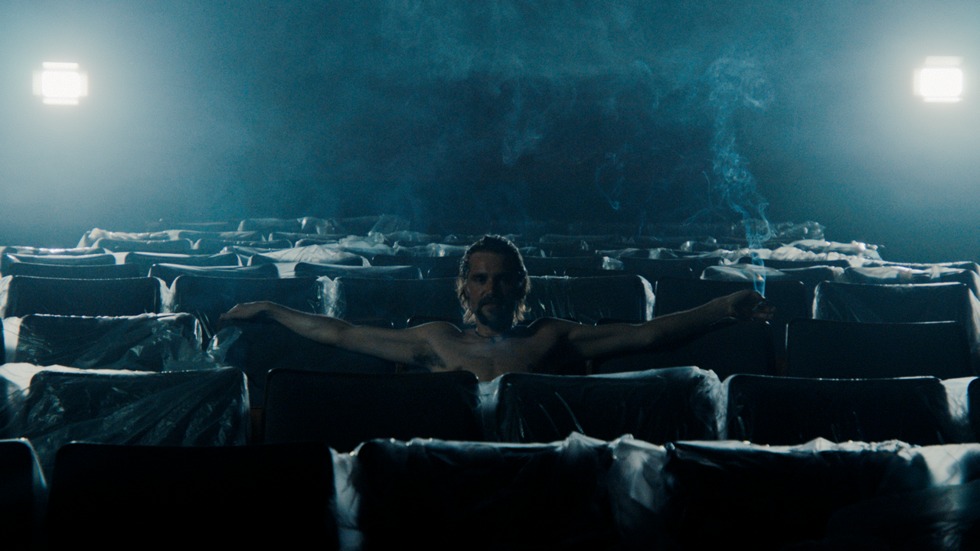
Nihilism has always had a place in horror.
As Stephen King himself once said, “Monsters are real, and ghosts are real too. They live inside us, and sometimes, they win.” For every triumphant final girl waving the chainsaw of her attacker in the bright morning light, another beloved protagonist falls to the monsters that lurk in the night. Sometimes the story is just too dark and the cinematic world just a little too hopeless. But for those who’ve felt the sting of life’s bitter disappointments, that’s precisely what we want in a film. For it’s only in confronting our pain that we can find our way through to the other side. We dive headfirst into an open wound hoping to find the infection and clean it out.
Joshua Erkman’s A Desert takes this nihilistic path in a gritty story centering human monsters. On a road trip through the American Southwest, Alex (Kai Lennox) encounters a pair of lawless sadists who pull him into their wanton lifestyle. Stunned by the duo’s licentiousness, Alex is forced to confront the darkness within himself or be consumed by the couple’s depraved reality.
With its bleak tone and unpredictable moments of terror, A Desert follows a grim tradition of nihilistic horror films, each challenging the audience with painful self-reflection. After all, it’s only in examining the worst of ourselves through cinematic trips to hell and back that we discover who we truly are. Trek ahead to revisit the bleakest slices of horror before you venture into A Desert.
Salò, or the 120 Days of Sodom (1975)

Often referred to as the most disturbing film of all time, Pier Paolo Pasolini’s Salò is known for pushing desensitized genre fans past the limits of endurance. Adaptated from the Marquis de Sade’s The 120 Days of Sodom, Salò follows a group of fascist libertines and their chosen collaborators as they imprison and torture a group of teenagers—their own daughters included—in World War II-era northern Italy. Named for their positions of power, a duke, magistrate, bishop, and president enlist older sex workers to regale their victims with stories of debasement before participating in similar acts for their personal pleasure. Each chapter explores a different type of depravity in which victims are bullied, beaten, raped, and forced to eat feces before a climactic massacre Pasolini calls the Circle of Blood. Banned in several countries, this controversial film is a powerful exploration of merciless cruelty and the societal threat of a fascist regime. What kind of people dance to the sounds of abject suffering and would we choose to join them if given the chance?
A Clockwork Orange (1971)

On the opposite end of the societal spectrum, Stanley Kubrick’s A Clockwork Orange explores a world threatened by its lawless youth. Each night, Alex (Malcolm McDowell) and his gang of barbaric “droogs” terrorize a dystopian London in their endless quest for “a bit of the old ultra-violence.” Fed up with the teen’s dominant cruelty, fellow delinquent Dim (Warren Clarke) betrays his sociopathic leader, essentially handing him over to police. Two years later, Alex is a convicted murderer scheming to secure release from prison. He agrees to participate in the experimental Ludovico Technique, a brutal type of aversion therapy designed to force negative reactions to violence and sex. Ostensibly cured, Alex wins his freedom but is immediately victimized by the vicious world he helped to create. Based on Anthony Burgess’s challenging novel, A Clockwork Orange explores the cost of free will and the futility in forced rehabilitation. After all, the ability to choose our own fates means accepting that others around us may elect to take paths of violence, destruction, and pain.
The Poughkeepsie Tapes (2007)

Though Alex shouts his cruelty from the rooftops, other monsters hide just out of sight. When police raid the nondescript house of Edward Carver (Ben Messmer) in Poughkeepsie, New York, they find a horrific treasure trove. More than 800 home videos chronicle years of abductions, torture, murder, and mutilation—most undiscovered until watching the footage. Though authorities scour each tape for clues to the killer’s identity, the man who will come to be known as the Water Street Butcher is careful not to appear on camera except when fully disguised. Alongside this disturbing cache, police find the missing Cheryl Dempsey (Stacy Chbosky) still alive. Abducted as a teenager, she’s endured eight years of unthinkable abuse, eventually identifying as the Butcher’s slave and carrying out his murders by proxy. John Erick Dowdle’s disturbing film leaves us with no concrete answers while presenting those forced to watch the depraved tapes as victims themselves. The audience in turn is left to wonder how we’ve been changed by witnessing these moments of extreme brutality.
Funny Games (1997)

Despite the misleading title, there’s little about Michael Haneke’s disturbing film to laugh about. The Schober family has just arrived at their lakeside vacation home when a polite stranger knocks on their back door. Ostensibly friends of the next-door neighbors, Peter (Frank Giering) enters their home with a series of bizarre requests, toying with mother Anna (Susanne Lothar) while systematically breaking down the family’s defenses. Refusing to leave, he and Paul (Arno Frisch) hold the Schobers hostage, betting that none of the three will be alive by 9:00 the next morning. Dressed in tennis whites, the young men cheerfully torture their horrified captives while Paul periodically breaks the fourth wall, inviting us to participate in his sadistic games. Haneke places his hand on the scales, pulling us into a world of inescapable horror. Like Dowdle, he dares us to explore our attraction to on screen violence and whether suffering witnessed in narrative art has the same corrosive power as reality-based violence.
The House That Jack Built (2018)

Lars Von Trier is known for creating some of the genre’s most challenging texts, but few of his films are so gruesome as The House That Jack Built. We watch as a failed architect-turned-serial killer Jack (Matt Dillon) recounts several incidents from his series of crimes culminating in an attempt to kill six people with a single bullet inside an industrial freezer full of decomposing bodies. Each vignette is grounded in shocking mundanity, alluding to the presence of similar nihilism in our everyday lives. Save for his atrocious acts, the doomed murderer does not feel so different from the frustrated men we pass every day. Adopting the name Mr. Sophistication, Jack considers himself a master craftsman with humans serving as his raw materials. But we watch as he succeeds on little more than dumb luck and falls victim to his own self-aggrandizement. Rather than a monument destined to outlive its creator, Jack has built his house on human suffering and winds up with nothing but vanishing screams in a pit of despair. Through this callous, yet oddly relatable antagonist, Von Trier examines the dangers of narcissism while challenging the conflation of sadism and high art.
Lake Mungo (2008)

Image: Martin Sharpe, David Pledger and Rosie Traynor as Mathew, Russell and June Palmer in Lake Mungo.
Not all nihilistic horror films involve savage killers or unthinkable crimes. Joel Anderson’s faux documentary Lake Mungo explores the hopeless horror of depression and the struggle to heal from life-changing trauma. Shortly after the death of their daughter Alice (Talia Zucker), the Palmer family begin hearing strange noises in their home and mysterious sightings near the place where she died. Digging into the final year of Alice’s life, they uncover devastating footage that recontextualizes her death. On a class trip to the titular landmark, Alice finds herself face to face with a mysterious spectre identical to photos of her own decomposing body. Plagued by nightmares of drowning and disconnection, she seems to have predicted her untimely death. This devastating film explores the difficulty in trying to connect through grief and depression while daring to ask an even more frightening question: is it possible to recover from moments of extreme trauma? Or, like Alice, have our spirits already died and it’s only a matter of time before our bodies catch up? A haunting final image shows what awaits us all beyond the grave—an eternity of loneliness and invisibility as we’re doomed to watch life pass us by.
Martyrs (2008)

The cult at the heart of Pascal Laugier’s notorious Martyrs wants to break the spirits of their victims. This French extremity film opens with a young girl escaping a slaughterhouse-turned-torture chamber only to find herself haunted by ghosts of those she left behind. Fifteen years later, Lucie (Mylène Jampanoï) invades a suburban home and slaughters the nuclear family living inside. Rushing to her doomed friend’s side, Anna (Morjana Alaoui) discovers a subterranean lair overseen by the wealthy Mademoiselle (Catherine Bégin). Dedicated to the creation of “martyrs,” the callous cult Lucie once escaped puts young women through systematic pain designed to push them into a transcendent state where they will glimpse and report on whatever lies beyond the veil of death. Anna becomes the latest victim of this sadistic ritual, enduring beatings, starvation, and the removal of her skin. Though she ultimately finds liberation through dissociative transcendence, Anna’s cryptic revelation fills Mademoiselle with despair. But a subtle shift in the film’s brutal climax offers seeds of hope in the midst of abject nihilism. If it’s true that nothing matters then the reverse also holds. Everything matters and there’s hope to be found on the other side of extreme pain and sorrow.
A Desert is now playing in theaters nationwide. Get tickets now!

The post Hopeless Horror: The Genre’s Most Nihilistic Films appeared first on Bloody Disgusting!.



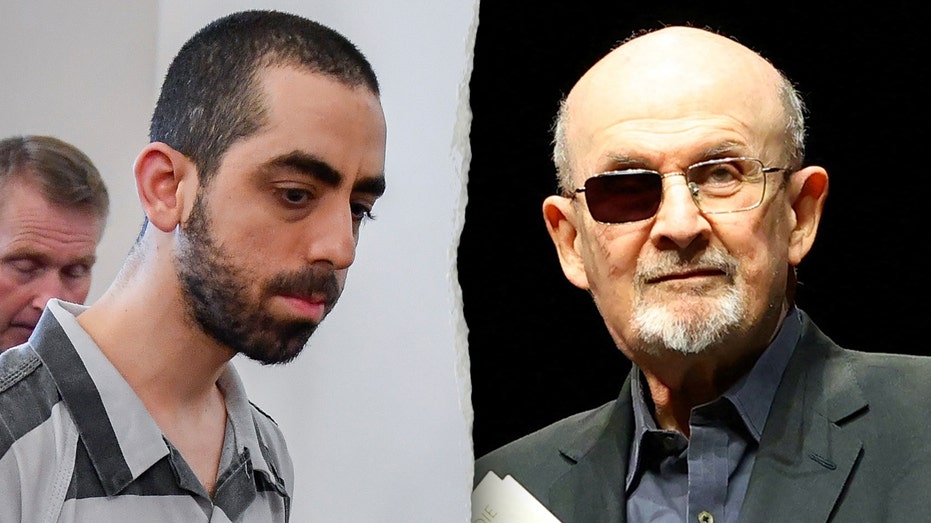














![How to make Developer Friends When You Don't Live in Silicon Valley, with Iraqi Engineer Code;Life [Podcast #172]](https://cdn.hashnode.com/res/hashnode/image/upload/v1747360508340/f07040cd-3eeb-443c-b4fb-370f6a4a14da.png?#)



![[Virtual Event] Strategic Security for the Modern Enterprise](https://eu-images.contentstack.com/v3/assets/blt6d90778a997de1cd/blt55e4e7e277520090/653a745a0e92cc040a3e9d7e/Dark_Reading_Logo_VirtualEvent_4C.png?width=1280&auto=webp&quality=80&disable=upscale#)

















